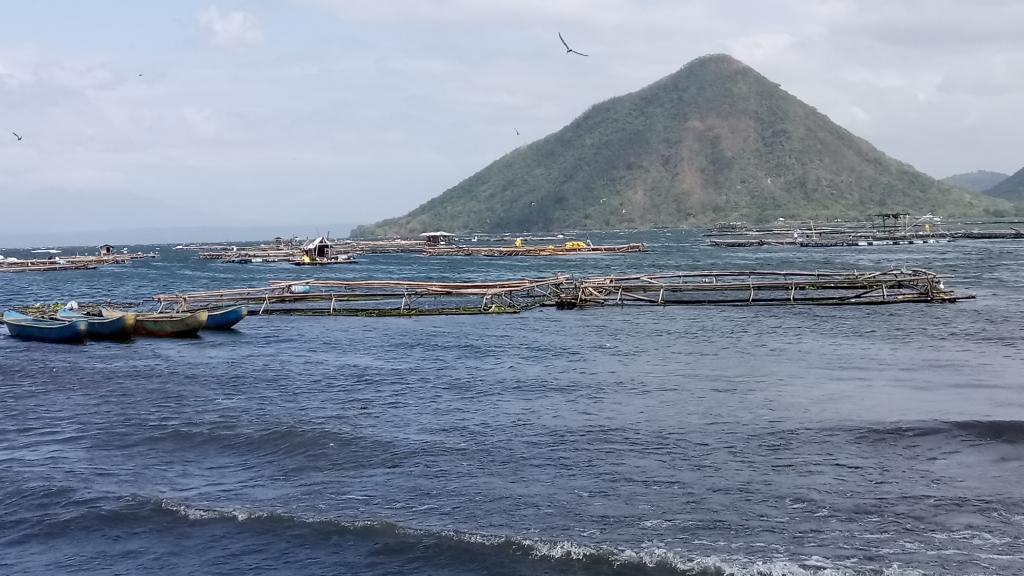Taal Lake a ‘slave-labor hotspot’ for fish workers – fisherfolk group

Laurel, Batangas – The militant fisherfolk group Pambansang Lakas ng Kilusang Mamamalakaya ng Pilipinas (PAMALAKAYA-Pilipinas) wants probe on the evident exploitation of fishworkers in the private fishpen structures in Taal Lake in the province of Batangas.
Taal Lake is the country’s 3rd largest lake at 24, 356 hectares and is surrounded by 8 towns of the province of Batangas; San Nicholas, Agoncillo, Laurel, Talisay, Cuenca, Alitagtag, Taal, and Tawilisan. It contributes 40% to the total fish production of the Southern Tagalog sub-region.
According to the fisherfolk group’s study, prominent local financiers operate more than one fishpen structures by using different dummies which also act as the workers or caretakers of the fishpens. The workers are the ones who perform the distribution of fingerlings, feeding, maintenance, and the harvesting which takes about eight months. On the other hand, the role of the financier is merely to provide production expenses like fingerlings, feeds, and structures.
On the average, a fish worker spends a total of at least 1, 230 working hours for eight months or equivalent to 6 working hours for 240 working days in the sea per day including weekends. In accordance to the regional daily minimum wage rate for agriculture sector in Region IV-A, a fish worker shall earn P350.00 per day. Basing this rate on the total average working days of a fish worker, this means that they will be paid a total of P84, 000 for 240 working days.
P84, 000 may be meager to the financier pockets but after the harvest season, a fish worker does not receive anything from the financier because of the speculation of the alleged “income deficit”. The fish worker will only be paid from the sales of the sacks and plastics that contained the feeds. Every 8-month harvest cycle, a fish pen structure consumes at least 5, 290 sacks of various feeds that cost P2 per sack or equivalent to P10, 580; while 44 kilos of plastics are being accumulated every two weeks that cost P18 per kilo or equivalent to P12, 672. All in all, a fish worker only earns from the sales of sacks and plastics a total of P23, 252 for the whole 8-month harvest cycle or equivalent to P2, 906.5 per month. This also means that a fish worker loses P60, 748 per harvest cycle or P7, 593.5 per month if you comply with the regional minimum wage rates.
“Not only these private fishing firms decongest the 24-thousand-hectare Taal Lake, they also rake profit out of exploitation of their fishworkers. The government must investigate this modern-day slavery among the Batangas fisherfolk and assess if these structures even comply with the carrying capacity of the lake. Those who are directly involved in the fishing production and are toiling to keep the aquafarms alive are the ones who suffer and are underpaid,” Fernando Hicap, PAMALAKAYA Chairperson said in a statement.
The fisherfolk leader said that the data is a reflection of the serious and prevalent poverty among the fishing sector, where the fishworkers are treated as modern-day slaves.
PAMALAKAYA calls on the responsible government agencies to investigate the fishpen financiers and do necessary actions to give the fish workers a just working treatment that they deserve. ###
